Roads needed to boost intra-Africa trade
August 4, 2017 Comments Off on Roads needed to boost intra-Africa trade
Publication: Infrastructure News
Author: Danielle Petterson
Transport infrastructure – road, rail, shipping and air cargo – will be a vital ingredient of the free trade agreement that 26 Africans countries are rapidly finalising.
The Preferential Trade agreement, entered into by the Southern African Development Community, the East African Community and the Common Market for Eastern and Southern Africa, its aim is to boost intra-African trade, which is presently very low compared to other world regions. The initial agreement was recently signed in Uganda.
Africa’s roads
The state of roads in Africa is already a priority. The World Road Association, a non-profit organisation established in 1909 as the Permanent International Association of Road Congresses (PIARC), is presently focusing on African highway networks as well as updating design standards for rural roads.
These will be vital arteries in boosting intra-regional trade among the member countries, which have a combined population of 625 million and a total GDP of $1.6 trillion.
Sanral plays a vital role in the World Road Association, a non-profit organisation established in 1909 as the Permanent International Association of Road Congresses (PIARC).
PIARC brings together governments, regional authorities, collective members and individual representatives from 122 member countries with the aim of promoting international cooperation on issues related to roads and road transport.
Sanral plays an important role here for South Africa, with Sanral CEO Skhumbuzo Macozoma serving as a member of the PIARC Council. Sanral Manager for Planning, Toll and Transport Alex van Niekerk is also a member and was elected to PIARC’s executive committee earlier this year.
According to Van Niekerk, Sanral’s participation on PIARC conferences and technical forums enhances the development of the road sector in South Africa. “For instance, we are exposed to global industry best practices which in turn inform our adjustments to South African Design Standards related to the road sector. In specialised areas like bridges and tunnels, our PIARC experience does not only enhance the existing knowledge in South Africa but also contributes to the growth of the private sector through improved design standards, design principles and construction processes.”
Four-year strategy
Van Niekerk adds that the work of the association is guided by a four-year strategic plan which is aligned to the needs of member countries.
For the 2016-2019 cycle, PIARC has packaged its activities and research under five strategic themes: Management and Finance, Access and Mobility, Safety, Infrastructure, as well as Climate Change, Environment and Disasters. These themes represent a continuation of work that remains at the core of the body’s interest.
As such, one of the task forces focuses on innovative finance, under the management and finance theme and is currently at work on identifying, reviewing, and evaluating alternative, available road funding and financing models which include tolling, public-private-partnerships, use of credit assistance tools and bonds.
“This work is particularly significant considering funding sources have not always kept pace with road investment needs,” van Niekerk says.
In terms of PIARC’s focus on finding solutions for Africa, the African Regional Task Force is addressing two topics in this current four-year cycle: Design Standards for the African Highway Network and Updating Design Standards for Rural Roads.
In line with this, Sanral is presenting a seminar in October entitled “Road Tunnels in Low and Medium Income Countries”, as part of its road tunnel operations.
Contributing scarce skills necessary to grow South Africa’s knowledge economy, the seminar welcomes speakers covering a wide range of road tunnel operation subjects from safety design and operations of tunnels, sustainable funding for safe tunnels and tunnel construction choices.
The task force’s technical visit and case studies will cover The Huguenot Tunnel Project which constitutes a major transportation link between the coastal plains of the Western Cape and the interior and is one of the most strategic infrastructure assets of the National Road Network in South Africa. The 3.9 km long tunnel reduces the distance between Paarl and Worcester by 11 km and eliminates a climb of some 500 m over the Du Toits Kloof Pass, which by its nature imposes severe constraints and safety concerns for the road user.
A total of 19 representatives from Sanral serve on various technical committees. These drive the study and development of knowledge products in areas such as intelligent transportation systems, transport system economics and social development, environmental considerations in road projects and operations, as well as design and operations of safer road infrastructure.
